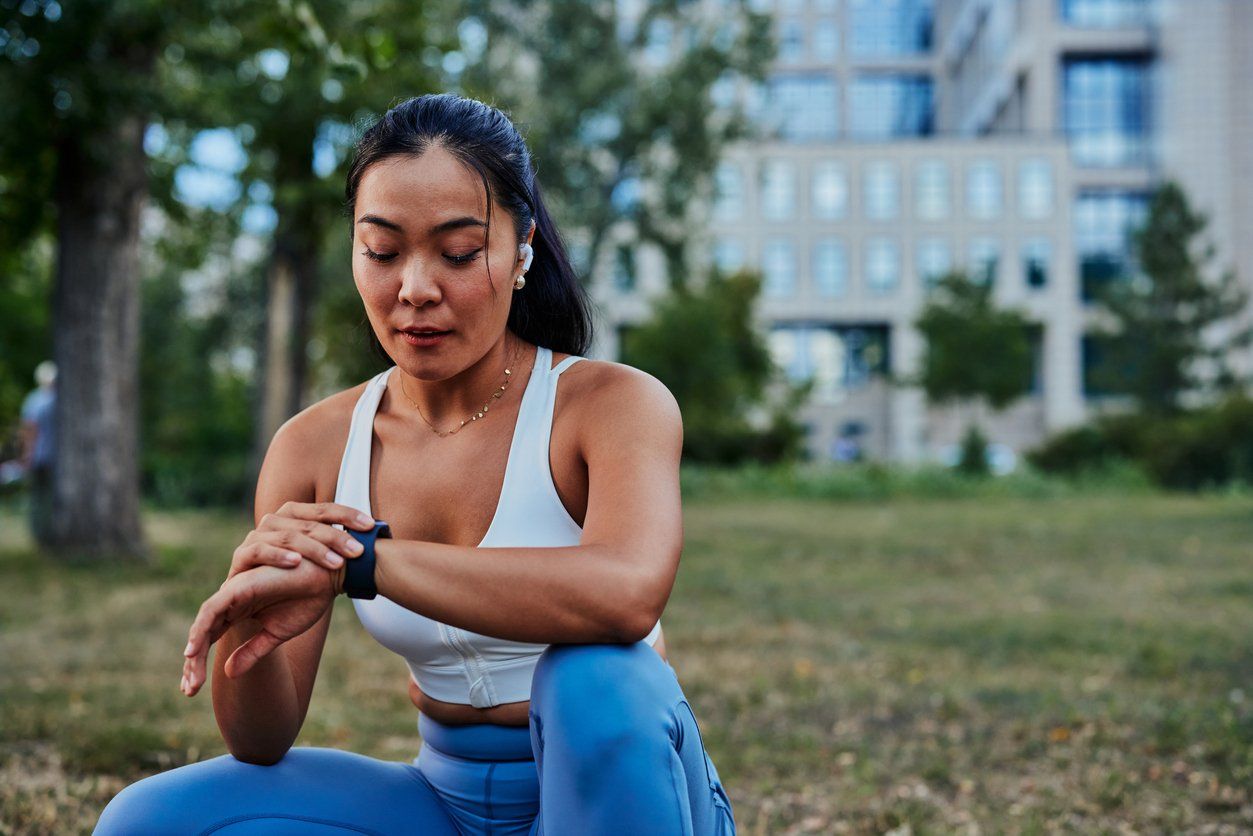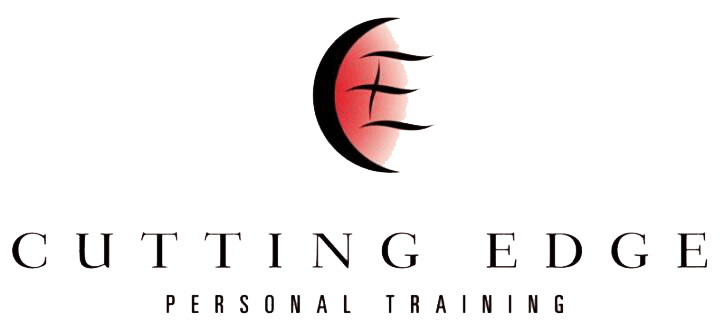September 19, 2022
How Long Does It Take To Get Fit?
Becoming fit is a lifelong process. It doesn't happen overnight and it won't be easy all the time, but it's worth every moment of effort you put into living a healthy lifestyle. Learn more!

Most fitness trainees are either delusional or curious (or both) about the amount of time it takes to see changes in their bodies and health.
Unfortunately, there's no easy answer. The time it takes to get fit depends on a variety of factors, which we are going to discuss in this very article.
So without further ado, let’s have a look at the most important factors that affect the speed of the process, shall we?
It Depends On Your Goal.
The first thing we need to look at to be able to answer the question “how long will it take to get fit?” is your overall goal.
For example, if you just want to feel a bit better, you can see significant improvements in as little as a week or two with a moderate exercise routine.
If, however, you have greater and more specific goals in mind (i.e gaining 20 lbs of muscle), it's going to take more time to see measurable results.
The key is to be realistic about your goals and to set a realistic timeframe.
And remember, even if it takes longer than you'd like to reach your fitness goals, every step you take is one step closer to your goal.
It Depends On Your Current State.
Now, there’s another factor at play when it comes to getting fit in a timely manner… What is your starting point?
If you're starting from zero - meaning you haven't worked out in years…or ever - it'll take longer to see results than someone who already has a base level of fitness. But rest assured, even though you may have a greater gap between your starting point and ultimate goal, results sprout very quickly for the beginner.
Genetics also play a role: some people just respond better to training.
Whatever the case may be, though, remember that consistent work overtime yields results.
With this in mind, you have to remember that…
Fitness Is Not A One-Time Thing.
A lot of people view fitness as task with a destination. You go on a diet, you work out for two months to get ready for summer, and then you're done.
But fitness should be viewed as a lifelong process. And finding the most sustainable approach will be the key to maintaining your results in the long term.
There are a lot of different approaches to fitness, and it can be hard to know which one is right for you. But there are a few things to keep in mind when you're trying to find a sustainable approach to fitness.
Here are my 3 best tips:
Find The Enjoyable!
First, make sure you're doing something you enjoy. If you hate going to the gym, you're not going to stick with it for the long haul. Find ways to diversify your workouts and make them fun. Get them to a point where they don’t feel like a chore, but rather something you anticipate.
Tailor To Lifestyle
Second, find an approach that fits into your lifestyle. If you don't have time for a lengthy workout routine, don't try to force it. You should only be engaging in fitness within your limits - If something is forced, odds are it won’t last.
Find Your Support!
Last but not least, make sure you have a support system in place. Whether it's a friend who works out with you or a coach who helps keep you accountable, having someone to help you stay on track can make all the difference.
And again, remember that fitness is not a one-time thing, but instead a lifelong process, just like any other area of personal development.
Conclusion
So how long does it actually take to get in shape? The answer, as with so many things, is that it depends.
It depends on your starting point and your current level of fitness, the type of exercise you choose and how often you do it, and even on your mindset.
But one thing is for sure: if you want to be fit for life, then fitness should be seen as a lifelong process rather than an endpoint. So find an approach to fitness that works for you – something sustainable that can become part of your everyday routine – and stick with it.
Are you ready to make a commitment to lifelong fitness?





